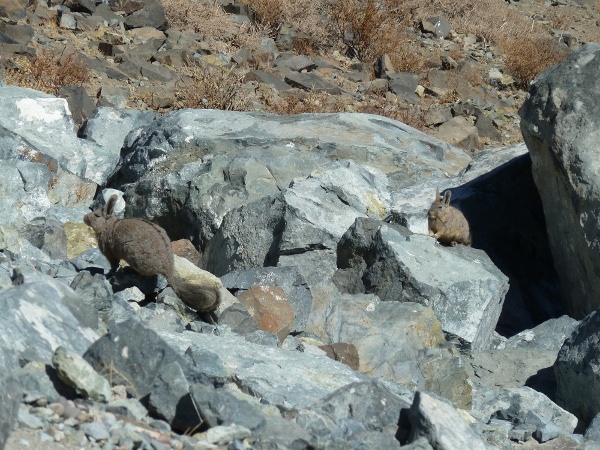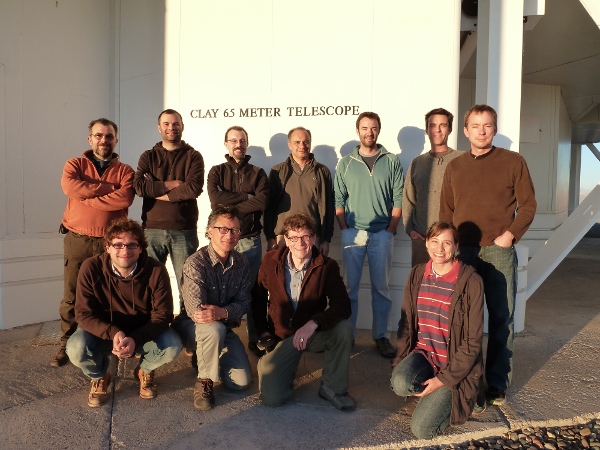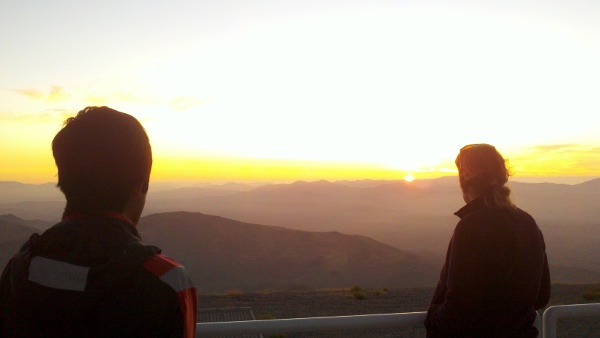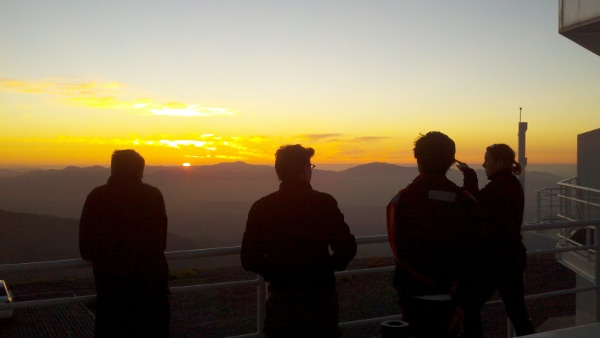Sorry for the tardiness of this post. The internet was down on the mountain when the night shift went to bed this morning. The day was a struggle, but we finally got at least something working, and then did some testing through the night.
The issue was a feature in our pupil which Simone has dubbed the Viscacha.
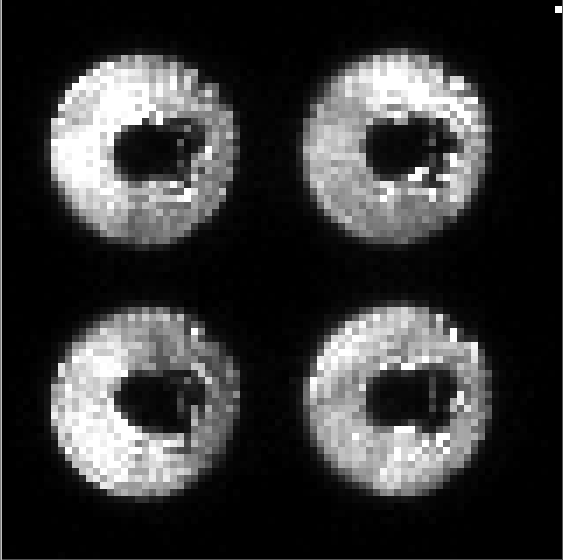
We tried several things. One quick and dirty modification was to remove the field stop for the Pyramid. Simone and Enrico climbed into the NAS to do this – after first convincing Laird that this was a good idea.
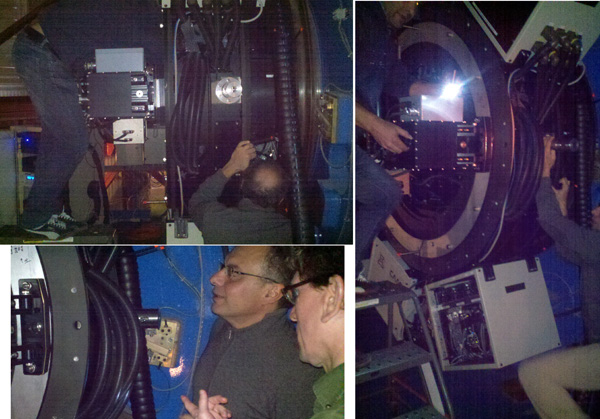
The day shift ended with a somewhat working 200 mode interaction matrix. So the night shift did some closed loop testing.
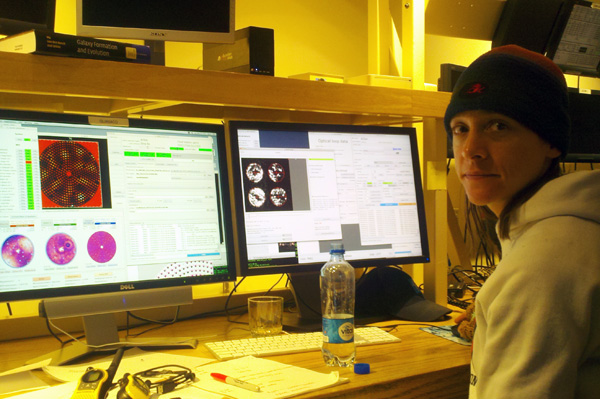
Things are hopeful. With only 200 modes we have a fairly high Strehl ratio PSF. The problem is keeping it stable. These two videos, taken with the VisAO CCD 47 at 32 fps, show this.
Youtube noted that my image was shaky, and asked if I wanted to fix it. F*&!$^ you Google. Here’s the same data set, but keeping only the best 5% of the images (Lucky imaging style).
After breakfast Laird reduced this data by “shifting and adding”. Here’s what our images will look like soon:
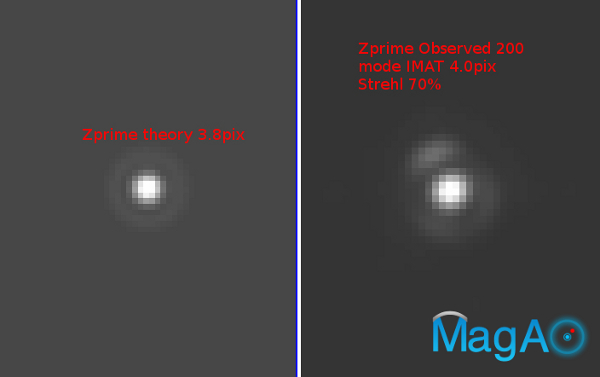
To try to control the vibrations that even Google noticed we put the Clio rack on some foam pads. This improved the power spectrum, at least removing the ~2 Hz spike.
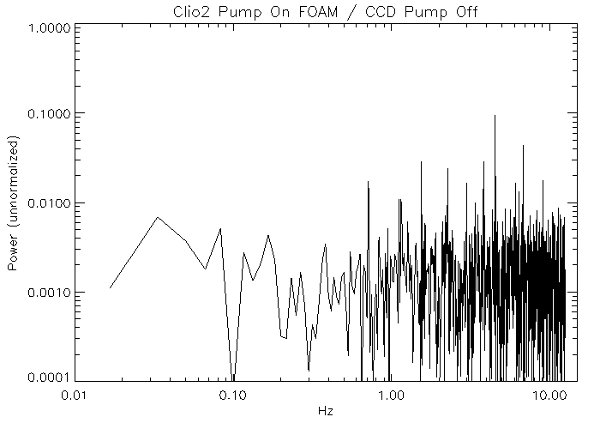
Quotes:
Simone: “Laird, take a seat. You want to take your seat. I think we need to remove the Pyramid . . . field stop.”
Tyson: “Why don’t you just say you’re a carnivore plus vegetables and cheese.”
Laird: “I thought you were trying to take the frisbee away.” (To Phil, after realizing that Phil was playing frisbee with grad students and the post-doc.)
Phil: “I was just trying to help them meet their 100 hours for the week.”
Simone, on the viscahcha in the PWFS pupil images:
“The viscacha again!”
“There is a clear viscacha.”
“It is not a dynamic viscacha, it is a static viscacha.”
Laird: “It looks like a viscacha that’s been run over by a car.”
Simone: “Yes, but it’s still a viscacha!”
Laird: “I’d really like a headless, tail-less viscacha.”
